Thinking about growing your own cannabis plants but don’t know where to start? You’re in the right place! Whether you’re a home gardener curious about the process or a cannabis enthusiast eager to finally cultivate your own stash, this guide will walk you through the steps needed to grow cannabis confidently at home. Here, you’ll know how to choose the right location, prepare your setup, start with seeds or clones, and care for your plants for a rewarding experience.
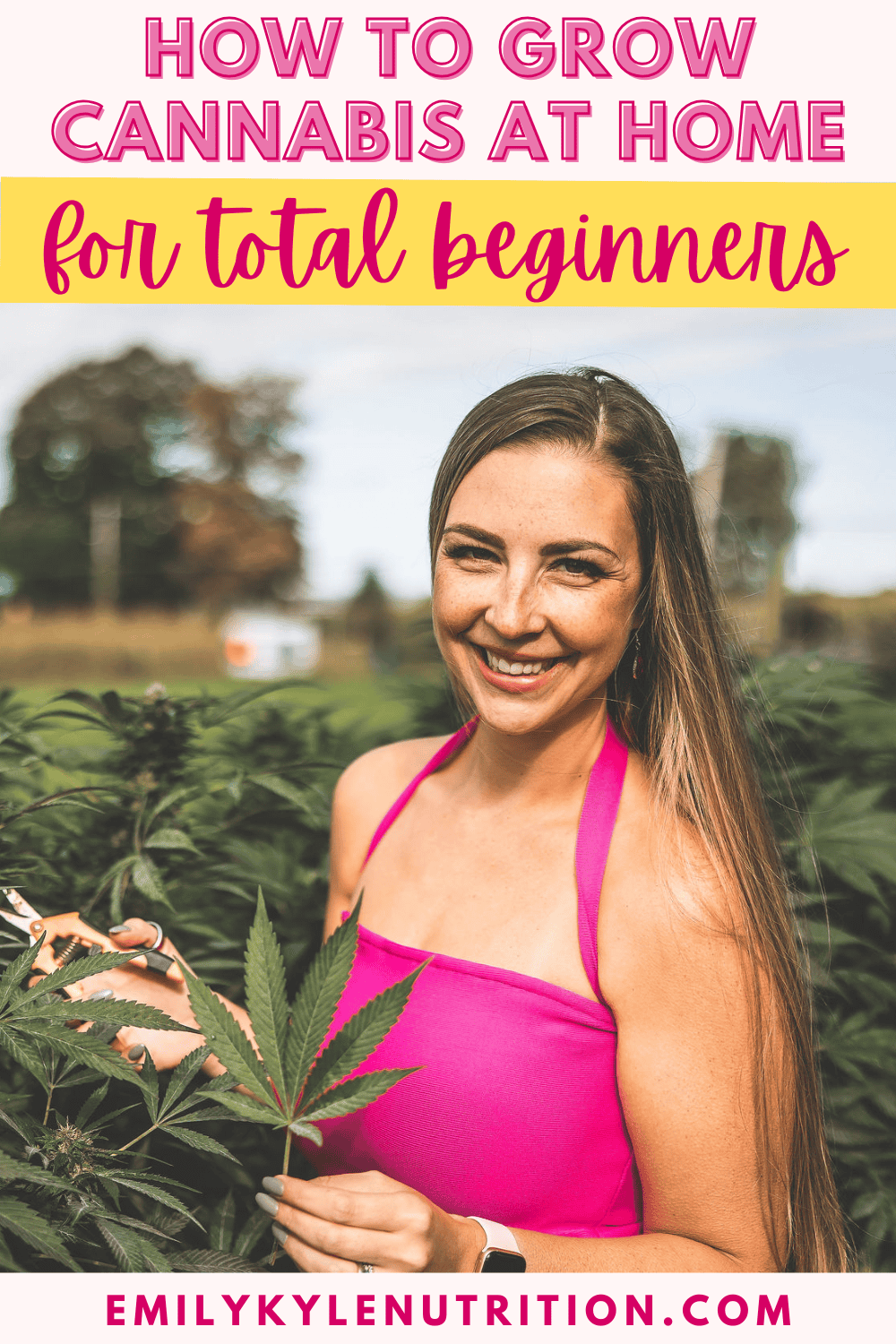
Table of Contents
Article Features
- Beginner-friendly tips and resources
- The essentials of growing cannabis at home
- Want to skip the hard work? Shop with me and have premium, high-quality cannabis products delivered directly to your door! Now shipping across the US.
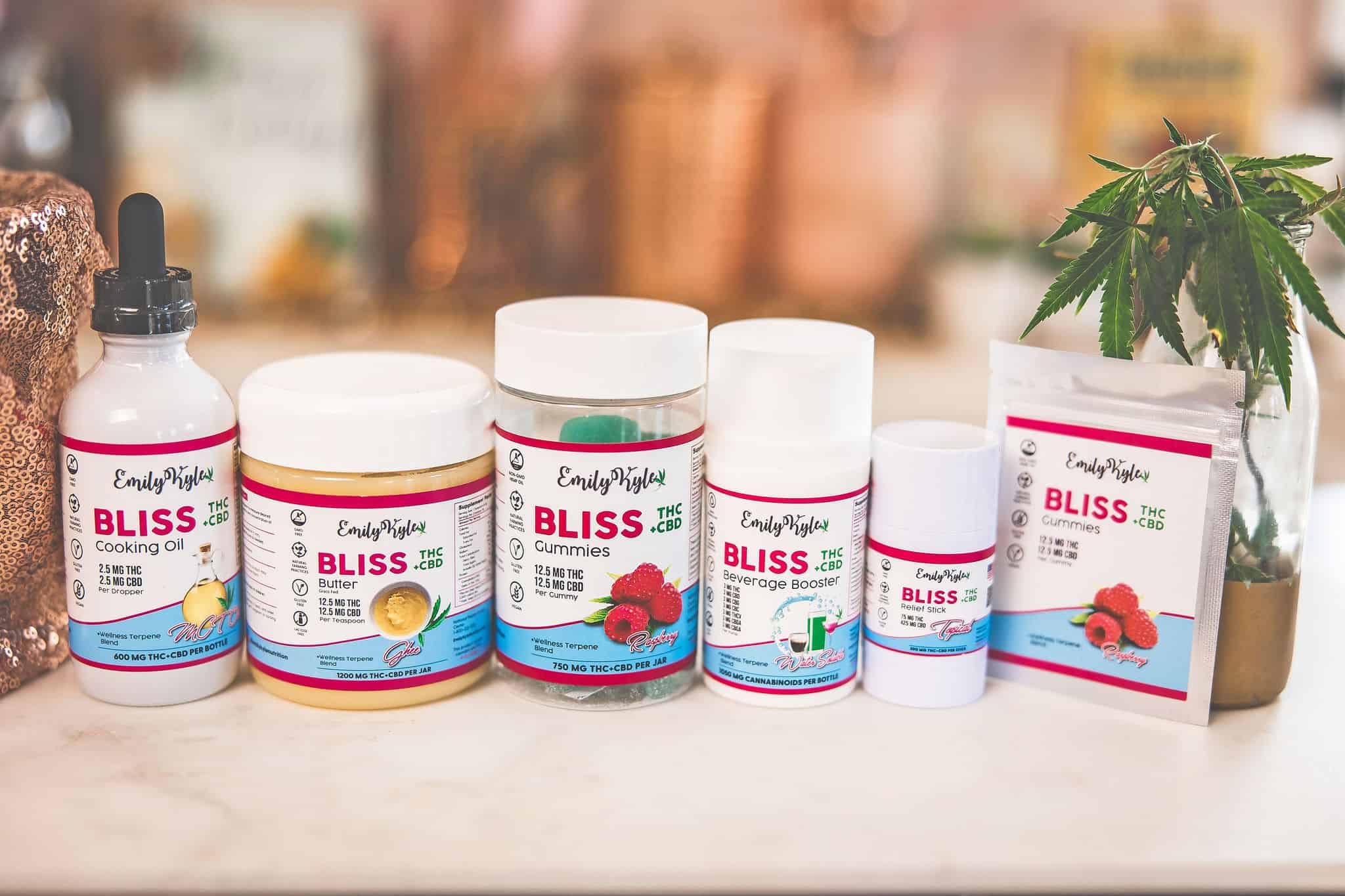
Why You Will Love This Guide
When I started growing cannabis at home five years ago, I was completely overwhelmed. I didn’t know the difference between a seed and a clone, and I definitely didn’t understand things like light cycles or nutrients.
But over time, with plenty of trial, error, and patience, I’ve learned so much—and I’m still learning!
Growing cannabis has become a passion of mine, not just because of the results (which are pretty fabulous) but because of the process itself.
It’s a rewarding, hands-on experience that’s taught me about perseverance, creativity, and the joy of watching something thrive under your care.
That’s why I’m excited to share what I’ve learned with you so you can enjoy the process, too. Let’s get started!
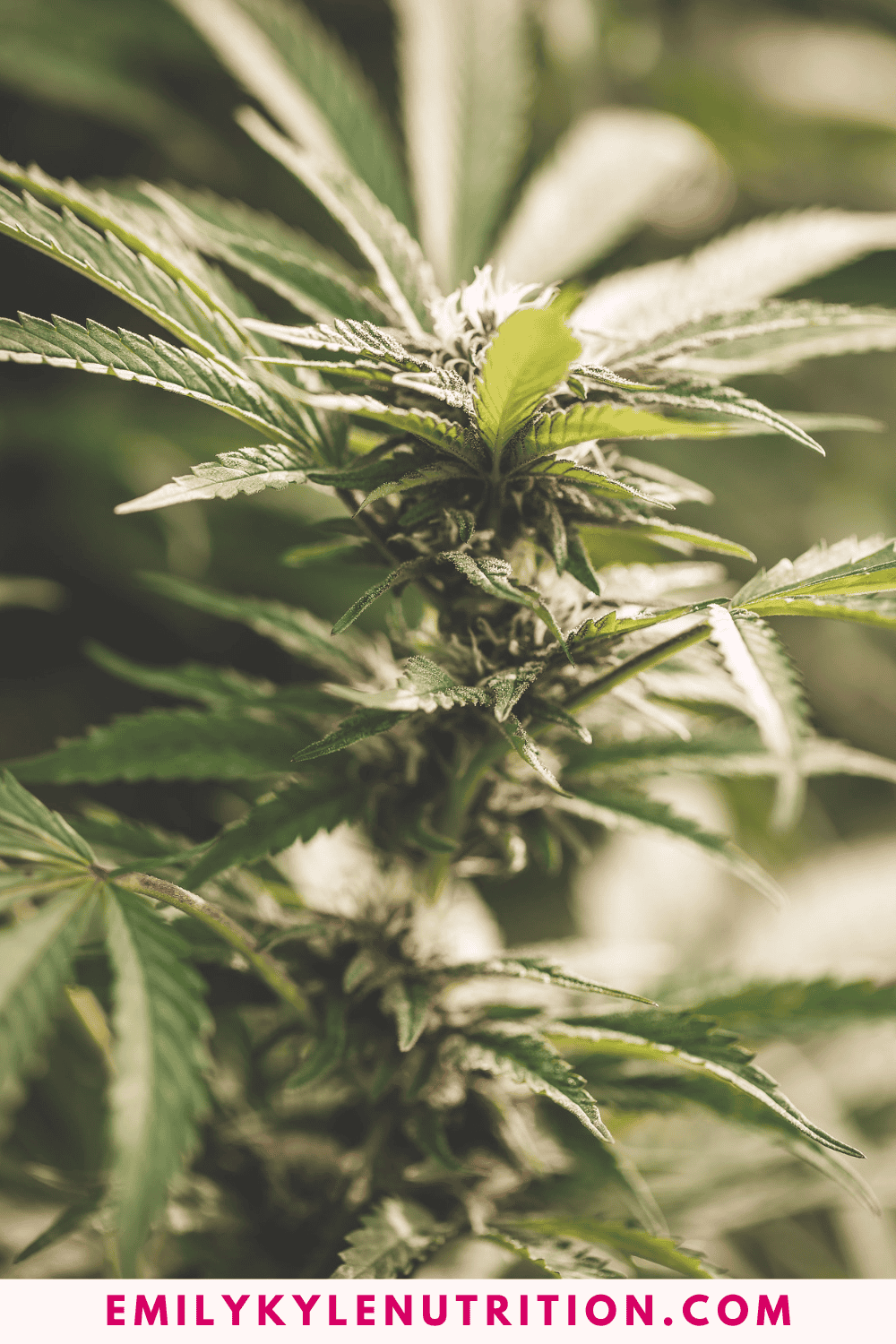
Choose the Perfect Location
One of the first decisions when growing cannabis is selecting where you’ll grow your plants – either outdoors in nature or inside in a controlled environment.
Both indoor and outdoor setups have pros and cons, so it’s important to weigh your options. Let’s explore your options.
Growing Indoors
One of the biggest draws to indoor growing is that it offers greater control over your environment, from temperature to light exposure.
Indoor growing is ideal if you live in a place with unpredictable weather or limited light during certain times of the year.
However, to simulate the perfect growing conditions, you’ll need to invest in equipment like grow lights, fans, and grow tents – just to name a few.
Pros:
- Total environmental control
- Consistent growing seasons (grow year-round!)
- More discreet
Cons:
- Higher initial investment
- Requires space and specific equipment
Growing Outdoors
On the other hand, outdoor growing utilizes the sun’s power, nature’s best grow light!
This method can be more cost-effective if you live in an area with lots of sunny days, minimal frost, and privacy.
However, one difficulty is that outdoor plants are also exposed to unpredictable weather, pests, and curious neighbors.
Pros:
- Lower initial costs
- The sun provides essential energy for healthy growth
- Larger yields (depending on plant size)
Cons:
- Vulnerable to pests and harsh weather
- Limited to seasonal growing
- Harder to maintain privacy
🍃 Tip: Growing outdoors may seem more straightforward for beginners, but if you have the budget and space, an indoor grow setup offers more control and predictable results.
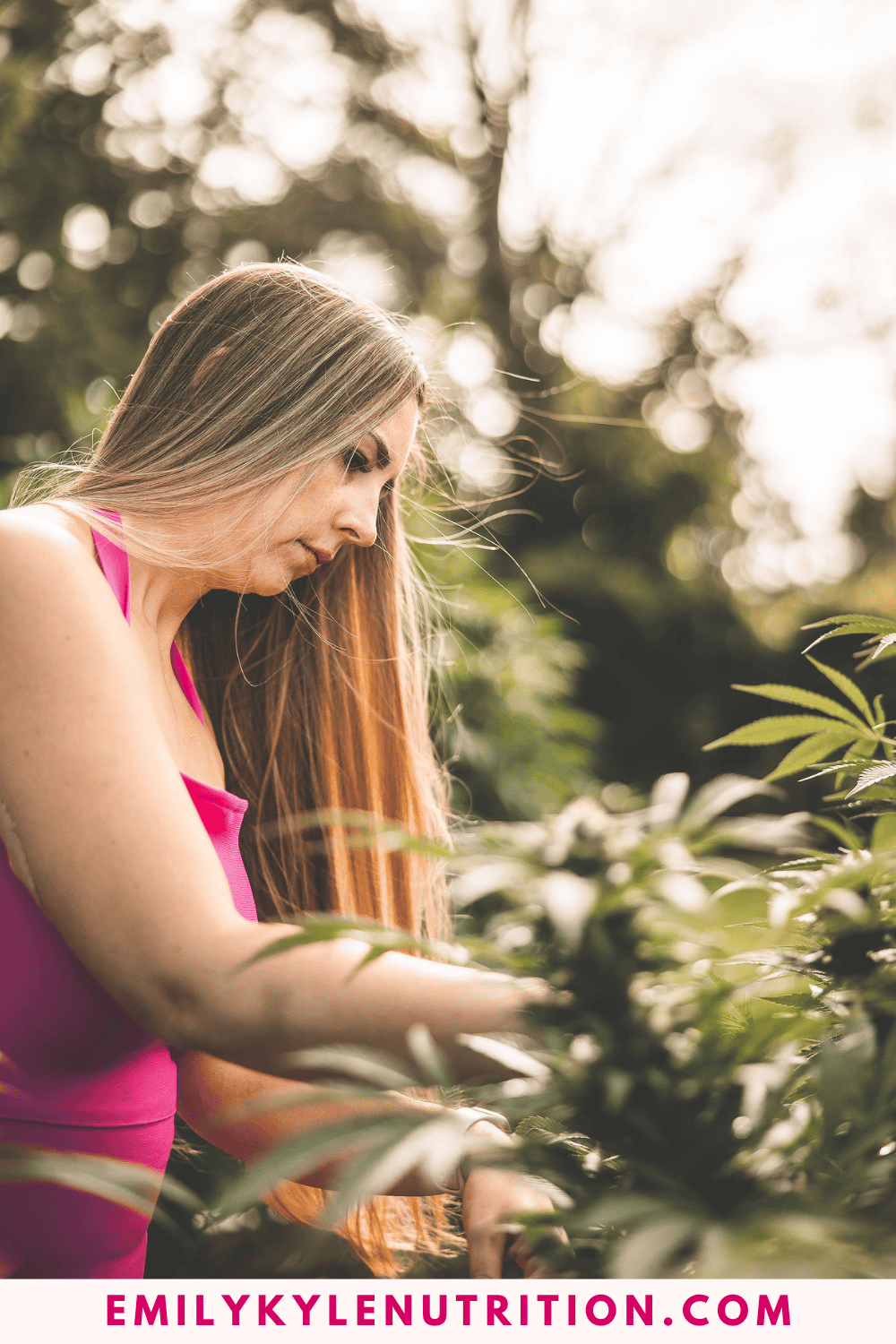
Prepare the Growing Environment
Once you’ve chosen your location, it’s time to prepare the area for planting.
Cannabis plants are like any other plant, they need the right combination of soil, sunlight, water, and nutrients to thrive.
Soil
If you’re growing in soil, choose a rich and well-aerated soil designed specifically for cannabis or one with organic compost and nutrients built in.
Some growers swear by premixed potting soils labeled as “super soil,” which are packed with everything your plant needs.
For indoor setups, you’ll also have the option of hydroponics (growing plants without soil, using a nutrient-water solution instead).
While hydroponics allows for faster growth, it’s a more advanced technique that might not be ideal for first-timers.
Sunlight (or Grow Lights)
Cannabis plants thrive on light, and 12–18 hours of light per day is recommended during certain growing stages.
Outdoor growers should pick a location with consistent, direct sunlight for at least 6–8 hours daily.
Indoors, invest in quality LED or HID grow lights that mimic the sun’s full spectrum.
Water
Cannabis plants need consistent hydration to grow strong, but overwatering is a common beginner mistake.
Your plants should feel moist but not soggy, as excess water can lead to root rot. Use pots with drainage holes for indoor plants to avoid water buildup.
Nutrients
Cannabis plants require three primary nutrients to thrive—nitrogen (N), phosphorus (P), and potassium (K).
For beginners, premixed fertilizers or cannabis-specific nutrient kits are an excellent choice. Follow package instructions carefully to avoid nutrient overload.
🍃 Tip: Test your soil’s pH regularly. Cannabis likes a pH range of 6.0–7.0 for soil and 5.5–6.5 for hydroponics.
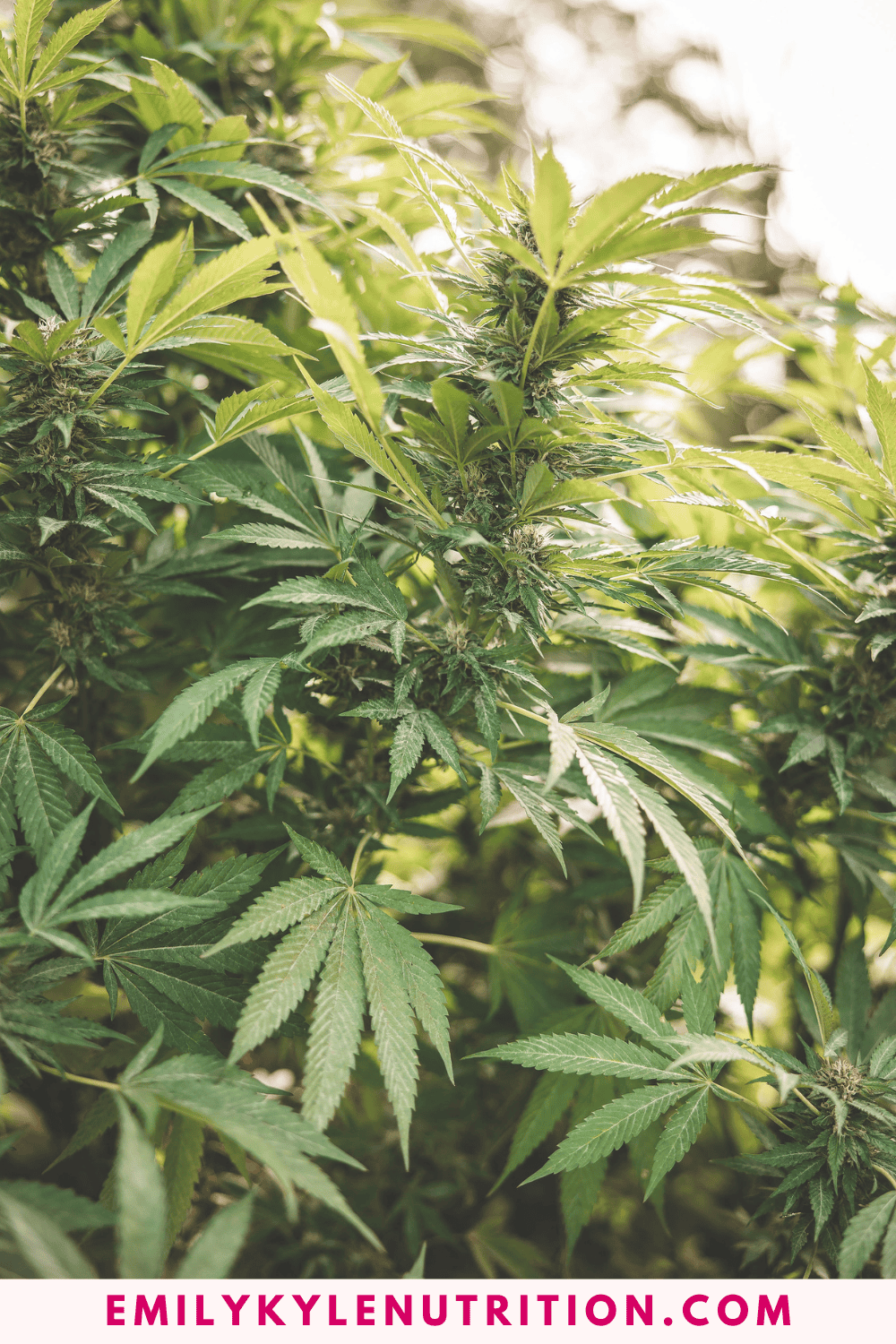
SAVE THIS GUIDE 💌
Starting with Seeds or Clones
Now that your location is ready, it’s time to start growing. But where do you begin? The two main choices are seeds or clones.
Growing from Seeds
Seeds are widely available and come in various strains tailored to your preferences—whether you’re looking for a relaxing Indica, an energizing Sativa, or a balanced hybrid.
Look for feminized seeds if you want to grow only female plants, as male plants don’t produce smokable buds (and can even fertilize females).
Seed Types
- Autoflower Seeds: These plants are beginner-friendly because they flower automatically after a specific time, regardless of light cycles. They grow faster but typically yield smaller plants.
- Photoperiod Seeds: These plants flower based on the light exposure they receive. They yield bigger plants but require careful light scheduling.
🍃 Tip: Learn more about how to select the right cannabis seeds for your needs with this guide on how to shop for cannabis seeds online.
Growing from Clones
Clones are cuttings taken from a mature “mother” cannabis plant, essentially creating a genetic copy.
This offers the advantage of knowing exactly what strain and quality you’re getting. Clones are ideal for growers who want to skip the germination process.
🍃 Tip: If you’re just starting out, autoflower seeds may be the easiest way to explore growing with fewer challenges.
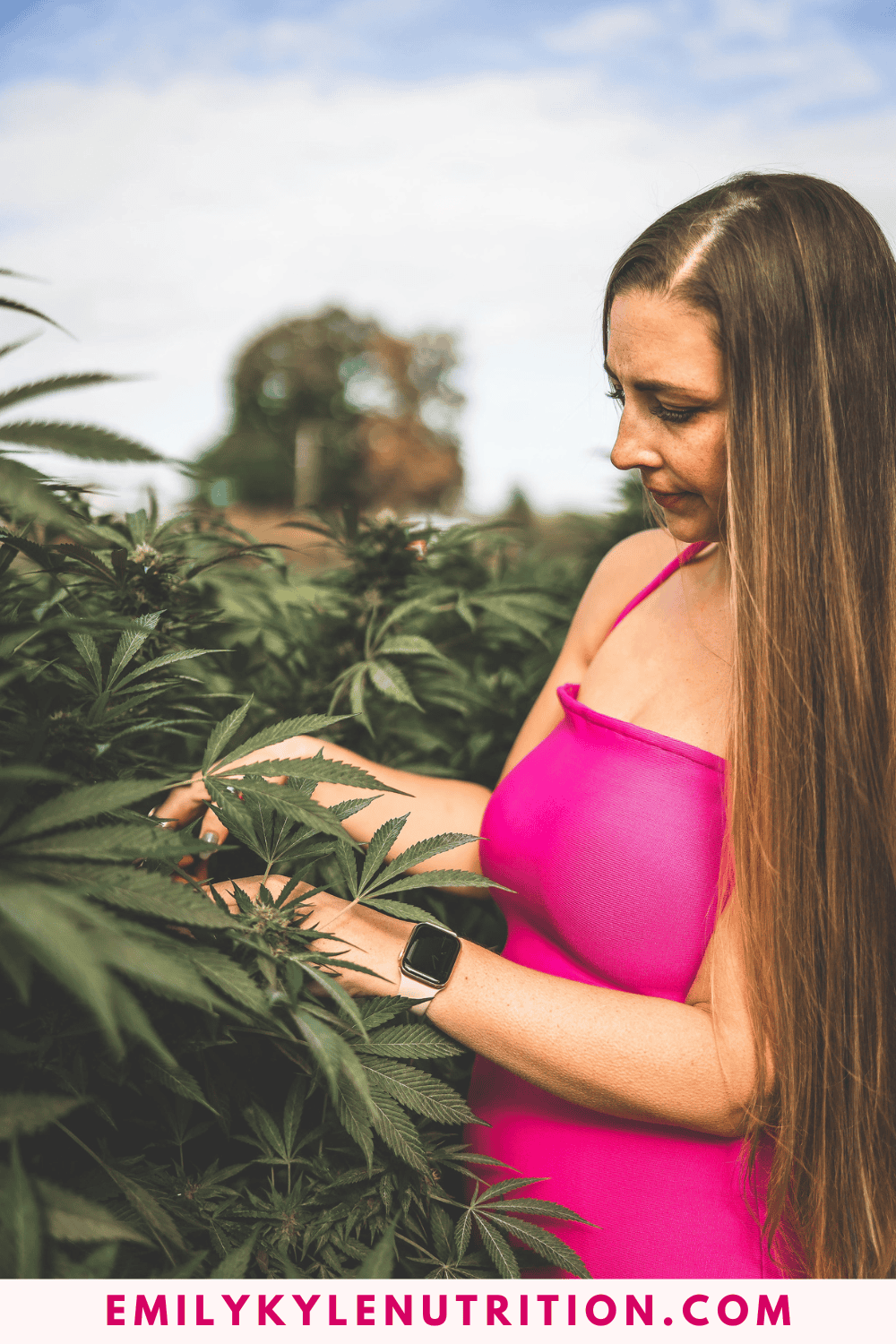
Caring for Your Cannabis Plants
Now that your plants are growing, they’ll need regular TLC to thrive. Here’s what to keep in mind through each stage of growth.
Vegetative Stage
This is the stage where your plant focuses on growing stems and leaves.
During this phase, your plant will need lots of light to grow big and strong.
Ensure proper airflow to prevent mold, and continue feeding it a balanced mix of nutrients.
Flowering Stage
The flowering stage is when your plant starts producing buds.
For photoperiod plants, this stage is triggered by reducing the amount of daily light to 12 hours. Your plant will need more phosphorus (P) and potassium (K) to support healthy flower growth during this stage.
Training Techniques:
Consider simple training techniques like Low-Stress Training (LST) to maximize your plant’s yield. This involves gently bending the plant’s stems to expose more areas to light.
Common Problems to Watch For
- Pests: Watch out for spider mites, aphids, and caterpillars. Use neem oil or natural predators like ladybugs to keep infestations in check.
- Nutrient Deficiencies: Yellow leaves may indicate nitrogen deficiency, while “burned” leaf tips can suggest overfeeding.
- Mold and Mildew: Keep humidity levels low and ensure proper ventilation to prevent mold from ruining your buds.
Harvest Time
When the buds are dense, sticky, and covered in trichomes (tiny, shiny crystals), it’s harvest time!
Trichomes are your best indicator—clear trichomes mean it’s too early, cloudy indicates peak THC levels, and amber means a more sedative effect.
Essentially, it is as simple as cutting down the plants, trimming the buds, and drying them in a cool, dark space. However, you will discover a lot more work and techniques involved to get it just right.
To learn more about the harvest process, check out my guide for how to harvest outdoor cannabis plants.
Proper drying and storage are critical after harvest for long-term preservation and to preserve the potency, flavor, and overall quality of your buds.
Rushing the process or drying in poor conditions can lead to mold, harsh smoke, or a loss of cannabinoids and terpenes.
For best results, maintain a controlled environment with stable temperature and humidity. Check out my comprehensive drying guide provides a detailed explanation of the process.
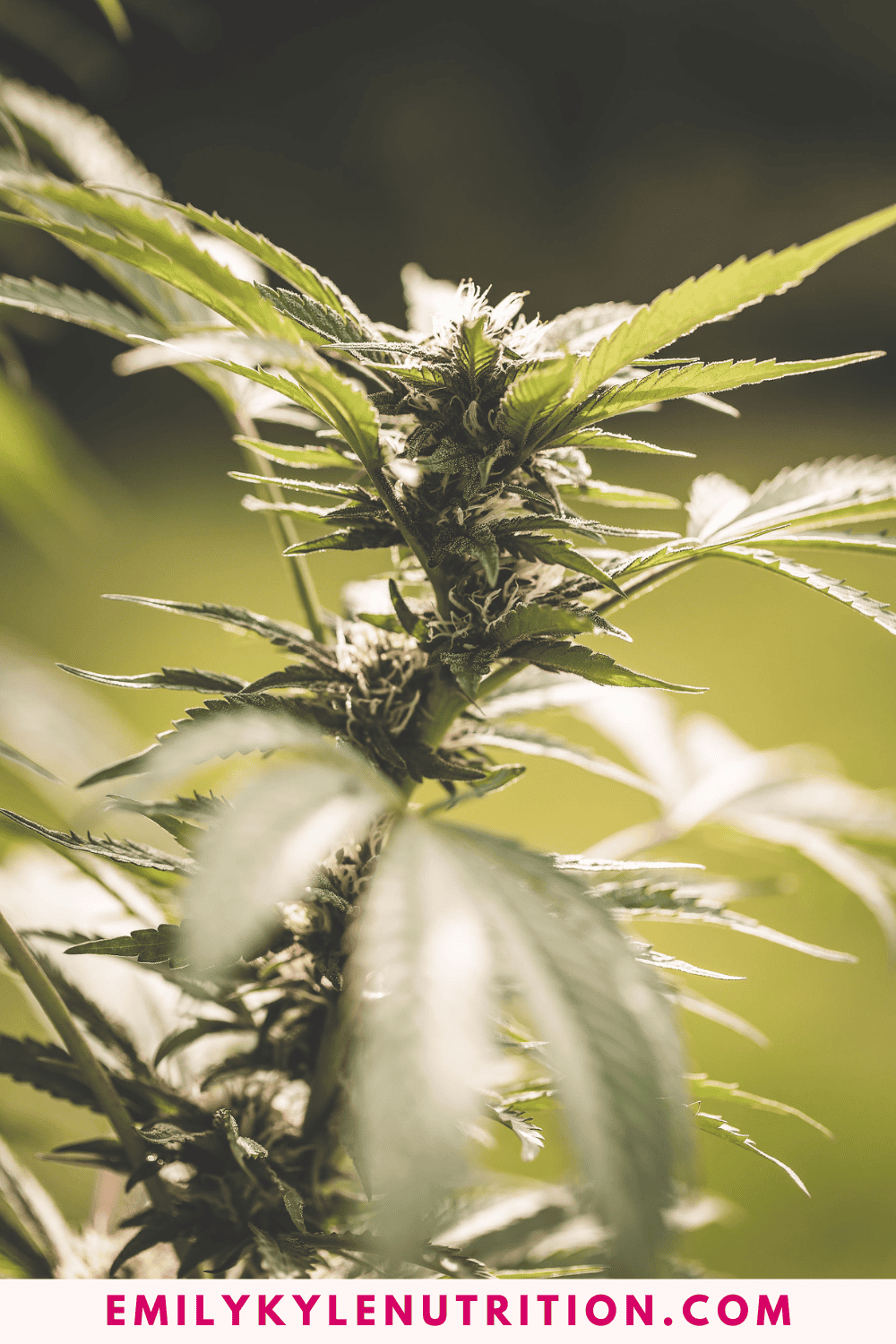
Take the First Step Toward Growing Your Own
I promise you, there’s nothing quite as rewarding as growing your own cannabis and seeing the fruits (or buds!) of your labor.
With the right location, quality seeds, and consistent care, anyone can successfully cultivate cannabis at home—even first-timers.
Whether you want to grow for personal use or as a serious gardening hobby, take the first step today.
Do you need more help picking seeds or setting up your growing space? Check out our recommendations and resources for beginner growers. Happy growing, and enjoy the harvest!
More Growing Resouces for You
Growing Cannabis
Emily’s 10 Favorite Tools for Your Best Cannabis Harvest Yet
Growing Cannabis
Top 5 Benefits of Growing Cannabis Outdoors
Growing Cannabis
The Kyle Family 2024 Cannabis Harvest


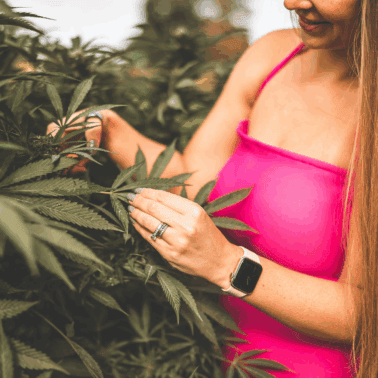
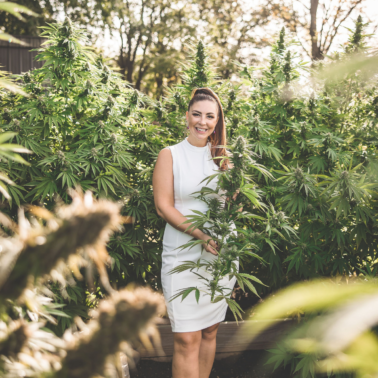
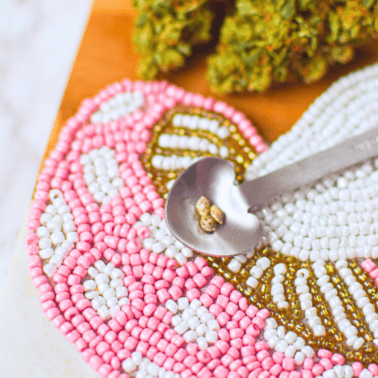
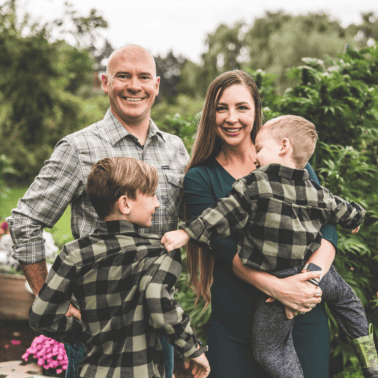
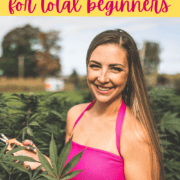








When I’m ready to start growing, I want you to be here to help me every step of the way.
I’ll be here! Good luck 😀
Great Emee Kyle keep on sky is your limit.
Thank you so much for your kind words! 🌟
Do you use any specific food for the plants?
I do! I use composted turkey manure from my farm as a natural fertilizer for the plants. It’s been a fantastic way to nourish them while staying sustainable and eco-friendly 🌱.